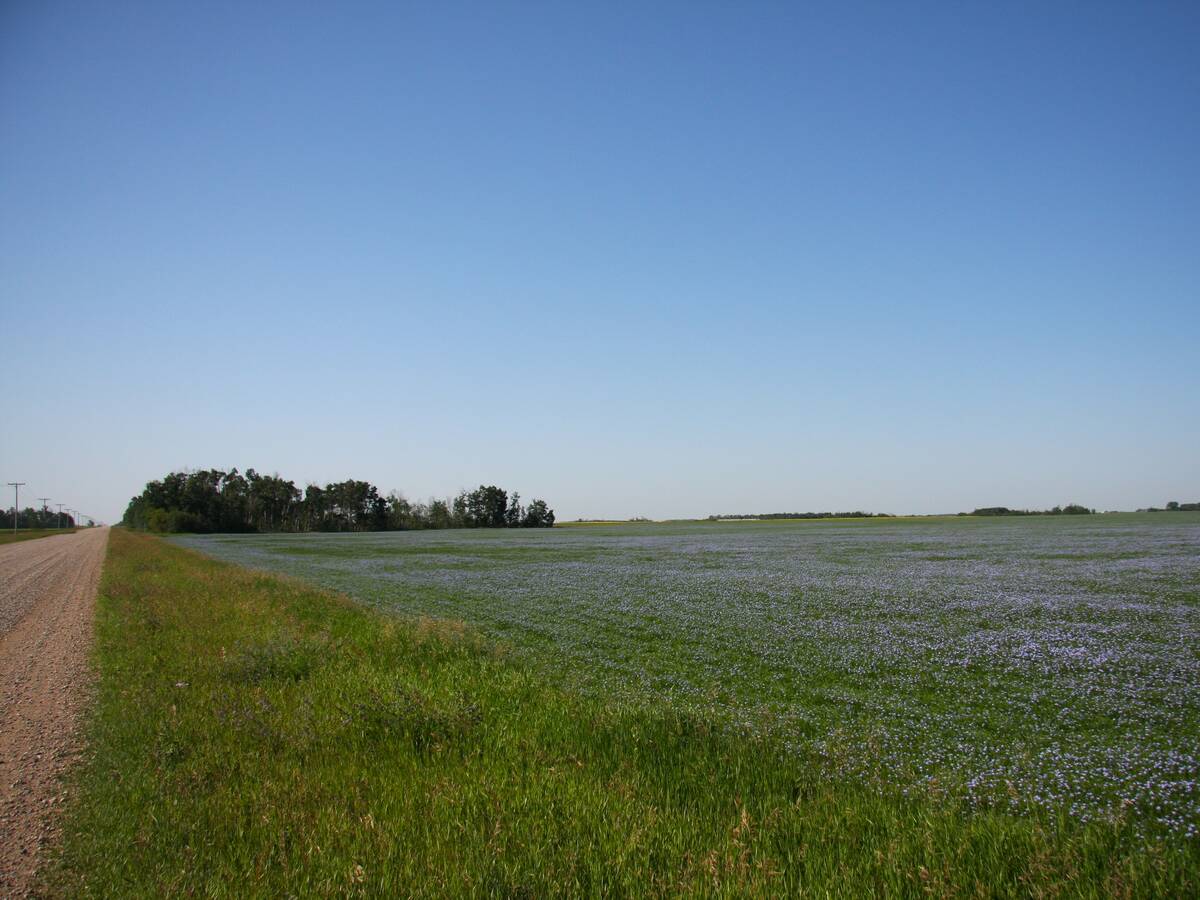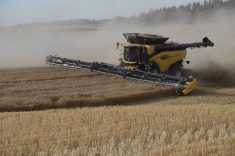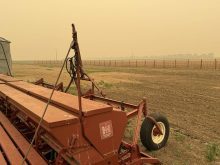Some of the work going on at western Canadian crop breeding institutions is for the birds.
Researchers at Agriculture Canada’s Indian Head Agricultural Research Foundation and the University of Saskatchewan’s Crop Development Centre are attempting to adapt two birdseed crops to prairie growing conditions.
Agriculture Canada agronomist Bill May is taking a “look-see” at niger, an oilseed used in birdseed mixes that is grown extensively in Ethiopia and India.
He is using breeder seed from Minnesota that appears to have a short enough growing season to work in Saskatchewan.
Read Also

Farmland advisory committee created in Saskatchewan
The Saskatchewan government has created the Farm Land Ownership Advisory Committee to address farmer concerns and gain feedback about the issues.
In his first year of research trials, May is focusing on weed control and harvesting issues. Niger seeds tend to shatter easily, which poses a challenge for Canadian growers come swathing time.
“We’re not going to be encouraging anybody to go out and grow niger in the near term,” he said.
If breeders can overcome the major agronomic difficulties associated with the crop, there is some potential for niger to displace flax and canola acres.
May estimates 5,000-10,000 acres could be seeded in Saskatchewan initially, with the outside potential of 100,000 acres if exporters crack birdseed markets in the United States.
His colleague Pierre Hucl at the Crop Development Centre is working on a related project with early maturing varieties of millet.
“If we can grow it economically here, then our processors won’t have to import the millet from the States for their birdseed mixes,” said May.
Limited market
Ken Schikowski, president of the Canaryseed Association of Canada, said growers are always looking for alternative crops, but he expressed some concern about the two new projects.
“The birdseed market is only so large. As you develop more and more crops, where’s it all going to go?”
Schikowski said the last thing the association wants to promote is an expansion of birdseed acreage without first developing other uses for crops like canaryseed.
Canaryseed, once considered a minor crop, has grown in popularity, with an estimated 750,000 acres seeded in Saskatchewan this spring.
The newly formed national association is attempting to introduce a grower levy that will fund breeding work and agronomic research, such as the herbicide project that May is working on with a group of other scientists.
Herbicide options for wild oat control in canaryseed fields are few and fleeting. The “likely withdrawal” of Avenge won’t help that situation, said May.
Another herbicide called Avedex, which was removed from the market by Monsanto, should soon reappear on retail shelves now that Gowan Co. has purchased the triallate chemistry.
That’s a positive step but growers will still need help when it comes to wild oat control.
That’s why May and fellow researchers are trying to develop a tank mix using Bayer Cropscience’s Puma Super that will provide good control of wild oats and broadleaf weeds like foxtail or millet.
Puma Super performed poorly in field trials this spring because the chemical doesn’t respond well to wet and cool conditions. But it was a good year for determining what tank mix combinations work well together.
Research results from the herbicide trials will be presented to growers at Crop Production Week in Saskatoon in January, but the tank mixes won’t be submitted for registration for another year or two, said May.















